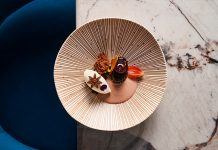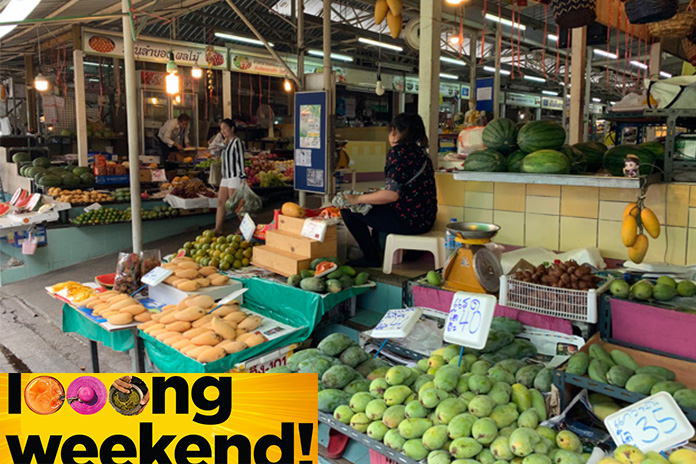
AFTER a few trips to Bangkok, you can get a bit tired of all that shopping, lights, noise and traffic, no matter how many foot massages you have.
Thankfully, the food in Bangkok is always a source of adventure. While fine dining options abound, you tend to gravitate towards the indigenous fare. Thai cuisine is rich in flavour from the spices and herbs used. And Thai cuisine belongs in fine dining establishments and food courts, and the streets, of course.
Angsana Andersson knows the street food of Bangkok well.
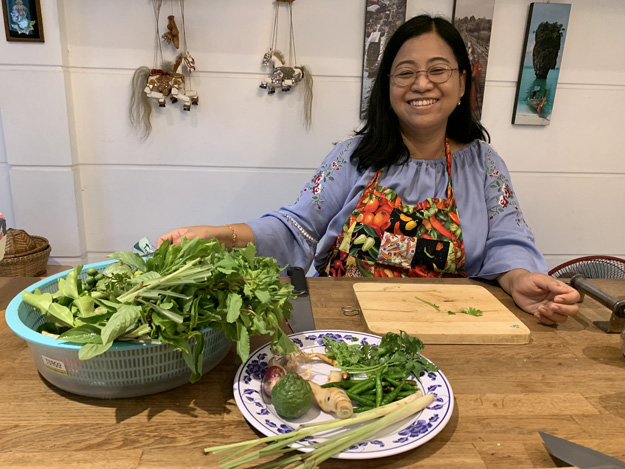
Her parents used to run a stall selling a variety of local dishes for the daily office workers. she picked up a lot of the rich flavours from cooking the dishes herself. After going to university, she taught Thai to foreigners, where she met her husband and decided to set up her home cooking business, Thai Home Cooking. Her brother runs the food stall.
Her home studio is located near the On Nut BTS station, which is where she meets me, a cup of Americano in hand. Before heading to the kitchen, it’s off to On Nut market, where she buys what’s needed for the dishes being prepared.
The market is quiet, which is usual, she says. Each area in Bangkok has its own wet market so people do not have to go far to get their supplies. Some stalls are empty while other have an abundance of offerings. A butcher wields his cleaver dextrously to joint a pig’s leg, while smiling at us at the same time.
The fish stall has tubs of freshwater fish, eels, frogs and turtles.
The turtles are released, explained Angsana, to buy brownie points in life. But everything else is fair game for the table. Angsana explains that seawater fish like snapper is favoured for the dish we are preparing — Pla Gapong Raat Prik.
The abundance of fresh vegetables in some of the stalls is a riot of colour, with a gappy-toothed vendor beaming broadly as she prepares what Ansana requires.

What’s Cooking
Angsana’s set up is functional. You enter the back of her corner terrace, immediately into what would have been a dining room leading into a spacious kitchen. Both rooms have been well used and kept tidy.

Ingredients are laid out on a high table as we get to preparing the key ingredients. For the sweet green curry — Gaeng Khiaw-waan Gai — it’s about the paste. Time to chop and pound everything into an aromatic, green mush. There are 20 pieces of green bird’s-eye chilli in the mix.
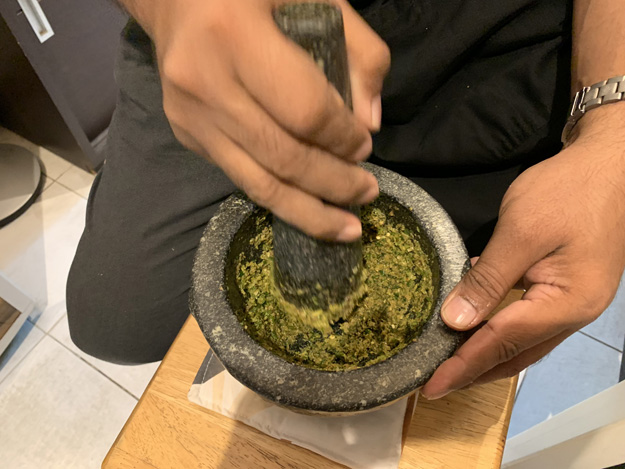
The Spicy Glass Noodle salad (Yam Wun Sen) has a modest count of nine chilli pods, along with a dozen other items.
Cooking the dishes is fairly straightforward. The ingredients go into the oil in enamel woks in stages, and requires constant stirring for some, and a watchful eye on others. Angsana highlights some of the telltale signs in the various steps, which are helpful to those keen on getting the right flavours to surface in each dish.
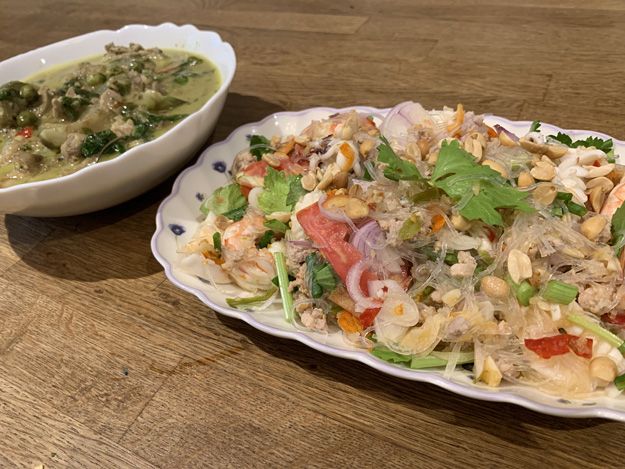
It’s a great way to understand how the wonderful flavours and aromas of the various Thai dishes are created. But it also gives you more confidence to experiment with the ingredients and craft a dish that suits your palate.
 Angsana has around 100 recipes to choose from, and the session usually yields three dishes. And since you worked hard to prepare it, you will enjoy the fruits of your labour.
Angsana has around 100 recipes to choose from, and the session usually yields three dishes. And since you worked hard to prepare it, you will enjoy the fruits of your labour.
It’s a great way to spend a weekend, while indulging in your usual Bangkok activities.
More information at www.thaihomecooking.com









